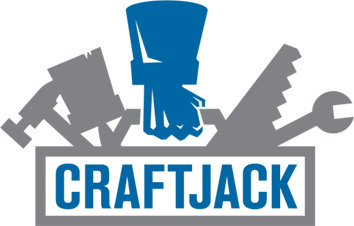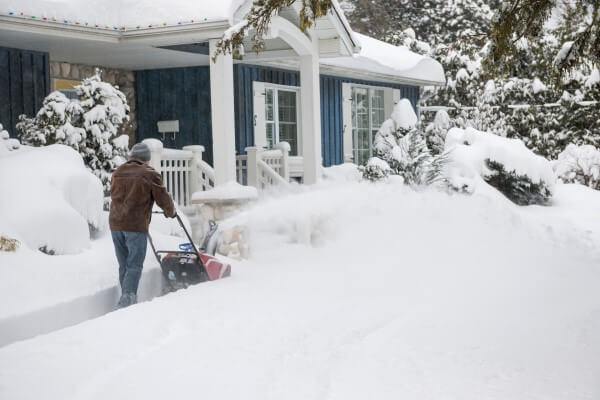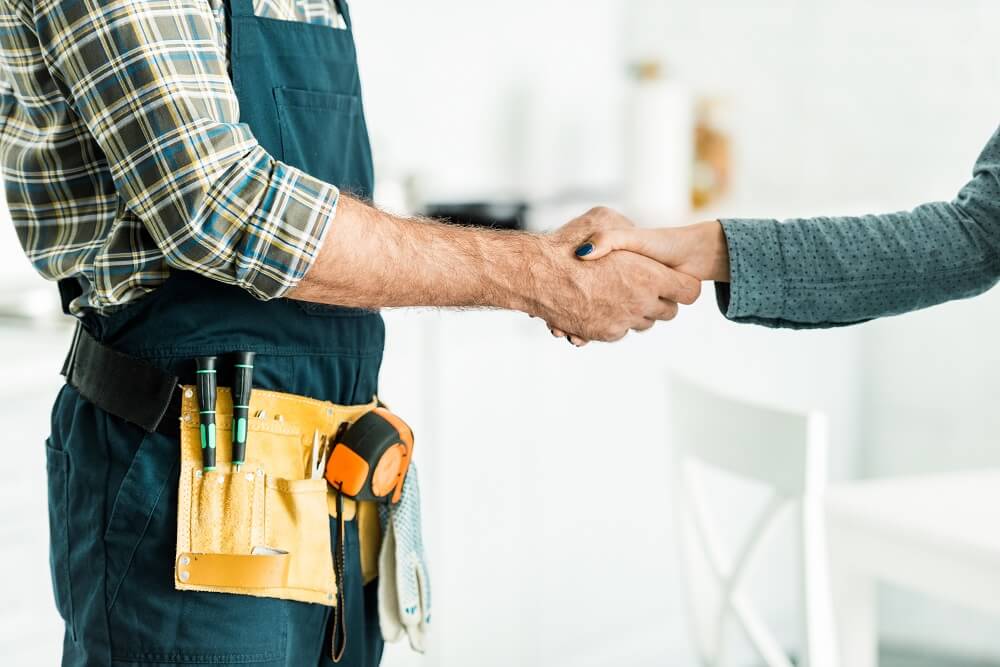Creating A Home Building Estimate
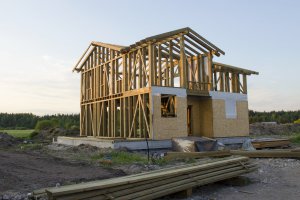
Home-building estimates are tricky. Project too low and your funding could run out halfway through the job. Go too high and you might not get the project in the first place. To give your client a good idea of total cost, you need to account for every part of the project — from plot price to roof truss.
Looking for better construction leads in your area? Create a CraftJack account to receive real-time leads near you.
Wondering how to produce an accurate home building estimate? Don’t fret: From customer service tips to home building cost estimators, we’ve got you covered.
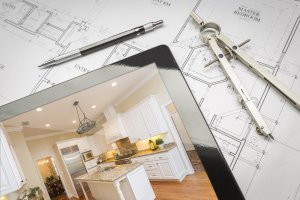
Budgeting For Success
Before you begin, have a meeting with your client to determine a budget. This step is important: If your client has limited funds and a long list of must-haves, you’ll need to bring them back down to earth before moving forward. After all, it’s never worth compromising quality for style — especially in construction.
With a rock-solid budget in hand, you can begin to project construction expenses. Online home building cost estimators make this part easier — and we’ll come back to those a little later.
Estimate Best Practices
Estimates are time-consuming — and the stakes are usually high. Most construction industry professionals adhere to a strict set of best practices that help them stay on track.
Do:
- Make sure you offer great customer service at all times
- Provide quick, free estimates
- Use the “stick method” to account for everything
- Set realistic expectations
- Provide exceptional service at all times
- Follow up with clients
- Address issues promptly
- Provide your estimate in writing
- Use a home building cost estimator
Don’t:
- Forget to account for miscellaneous expenses
- Be afraid to say no to unreasonable client expectations
- Create lowball estimates to win projects
Home Building Cost Estimator Tools
A home building cost estimator can help you come up with a dollar amount for your project. This is where your experience and industry knowledge come in handy. Most comprehensive home building cost estimator tools take you through every stage of the build. You’ll need to know:
- The square footage of every floor
- The ceiling height on every level
- Whether the building sits on a slab or a basement
- Finished versus unfinished basement area
- Exterior porch and deck square footage
- Porch and deck roof area
- The home’s structure class (Class 1 through 4)
- Garage square footage
- Garage ceiling height
- Garage features — door style, floor type
- Roof type
The basics aside, your home building cost estimator tool will also ask you about interior decor choices: what type of fitted kitchen your client intends to go with, what type of bathrooms you’d like to put in, and so forth. Fixtures, fittings, finishes, electrical work, gas work, flooring choices, heating options, plumbing, sewage, and insulation all go into the calculator.
Finally, you’ll need to factor in plot price, planning permission, applicable city ordinances, labor costs, and other miscellaneous items to come up with a total price. Whew!
Why Do Estimates Go Wrong?
Not everyone knows how to estimate building a home. Sometimes, projected expenses are way off the mark. Here are a few ways contractors get things terribly wrong:
They Make Assumptions
Wrongheaded assumptions involving delivery time slots, logistical support availability, lead-in times for vital parts, and access requirements can blow your budget. If you do have to make an assumption, make it conservative and base it on existing precedent.
They Ignore Design Inconsistencies
Unclear or incomplete blueprints can throw construction workers off completely. If you come across something dubious, it’s always best to consult with the project architect.
They Use Untested Building Methods
Innovative design is great, but it doesn’t always go to plan. Cutting-edge technology sometimes literally falls off the edge, and unusual building materials don’t always make the grade. If you’re working on an avant-garde project, expect the occasional curveball.
They Don’t Check Prices
Plasterboard, timber, sheet metal, trusses — construction materials all come with a price tag. Essentials like cement get more expensive in line with inflation; labor costs rise in a similar manner. Make sure you always check the latest industry prices before concluding an estimate.
Accurate Estimates Are Everything
To create an accurate expense projection for your next home build, you need to know every part of the project inside out. Using a home building cost estimator tool can help you tot up all the nuts and bolts. If you take your time, use existing industry benchmarks to make vital decisions, and stay in touch with your customer, you’ll most likely generate a reliable estimate.
If you’re ready to find your next home building client, why not sign up with CraftJack? You’ll receive great real-time leads in your area, free reviews, and a discount for making early contact.
